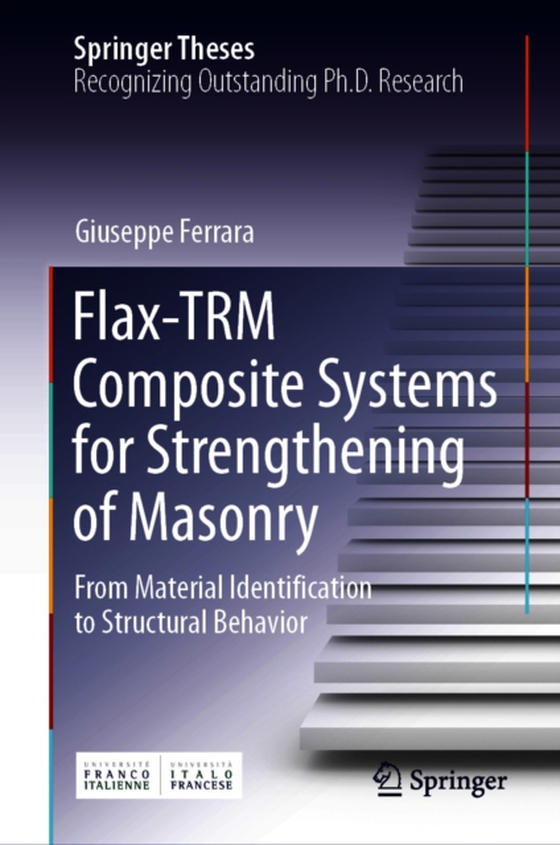
Flax-TRM Composite Systems for Strengthening of Masonry e-bog
2190,77 DKK
(inkl. moms 2738,46 DKK)
This book is intended to raise awareness about the use of sustainable Textile-Reinforced Mortar (TRM) composite systems, including plant fibers, for civil engineering applications. It presents a comprehensive characterization of the mechanical properties of Flax-TRM composite systems when used for strengthening masonry elements. Moreover, it reports on a physical and mechanical characterization...
E-bog
2190,77 DKK
Forlag
Springer
Udgivet
26 marts 2021
Genrer
TGMP
Sprog
English
Format
pdf
Beskyttelse
LCP
ISBN
9783030702731
This book is intended to raise awareness about the use of sustainable Textile-Reinforced Mortar (TRM) composite systems, including plant fibers, for civil engineering applications. It presents a comprehensive characterization of the mechanical properties of Flax-TRM composite systems when used for strengthening masonry elements. Moreover, it reports on a physical and mechanical characterization of the single components, such as the textile and mortar one. In turn, it describes tensile tests on the composite and shear bond tests on Flax-TRM-to-masonry substrate elements, carried out for the purpose of analyzing the composite material and its adherence behavior with a brick masonry element. It also reports on the analysis of the contribution of the reinforcement system on the shear capacity of masonry elements, carried out via diagonal compression tests. Last but not least, the book reports on some innovative solutions for improving the mechanical performance of the reinforcement system, e.g., by treating the fiber or modifying the matrix mix design, discussing the experimental findings in detail. All in all, this book offers extensive information on the use of plant fibers as reinforcement in TRM systems, specifically highlighting the potential of this composite as strengthening strategy for various civil engineering applications. Moreover, it defines key mechanical aspects of the composite that must be taken into consideration for increasing the efficiency of the reinforcing system. Last but not least, the book describes some technical solutions aimed at an overall improvement of the structural performance of sustainable textile-reinforced composite.
 Dansk
Dansk

